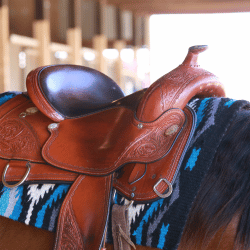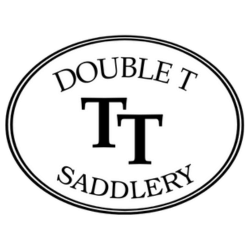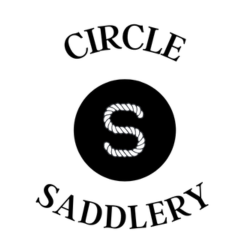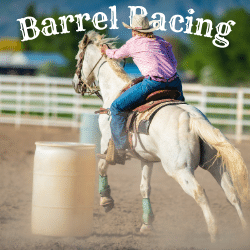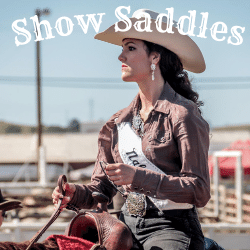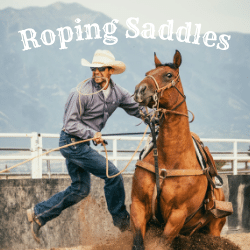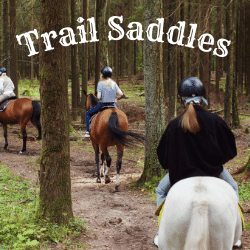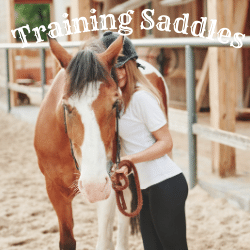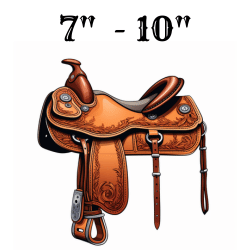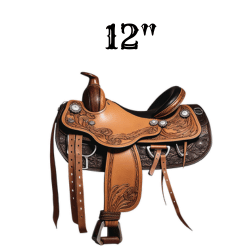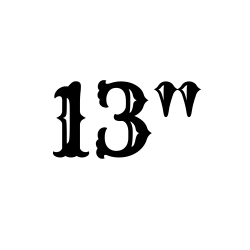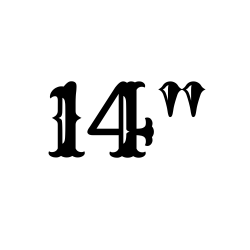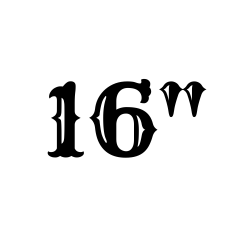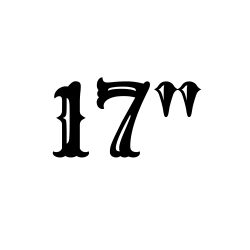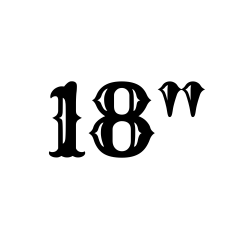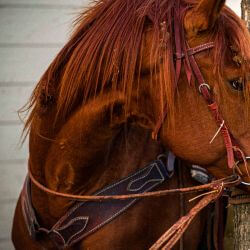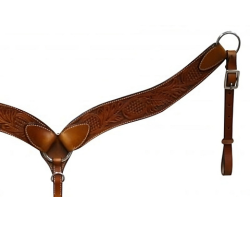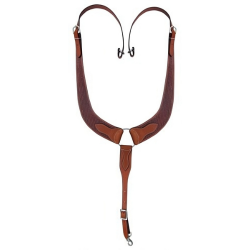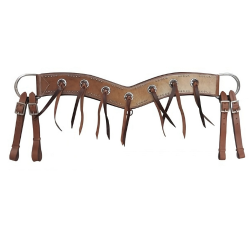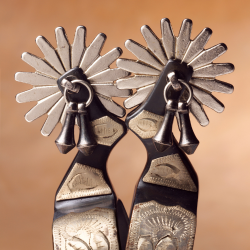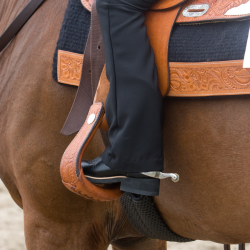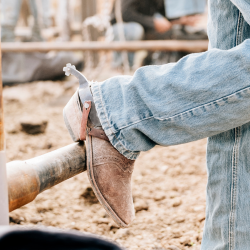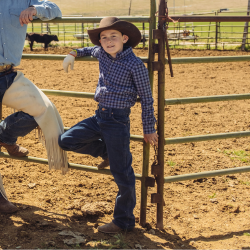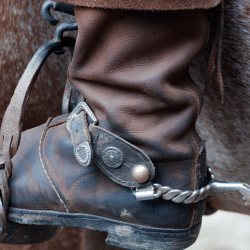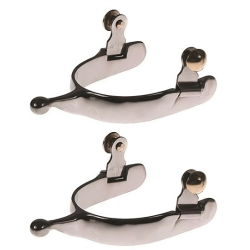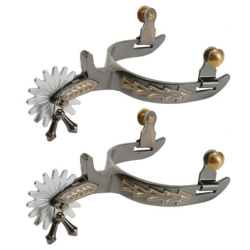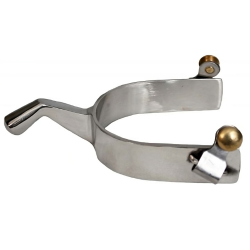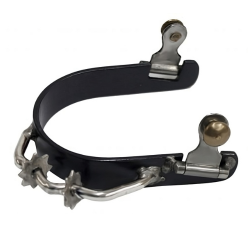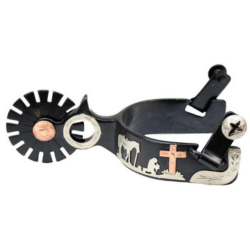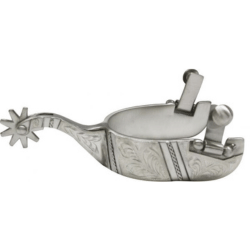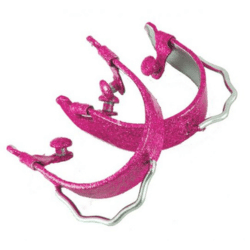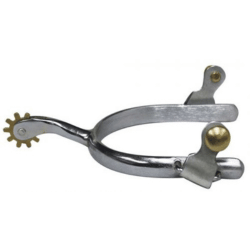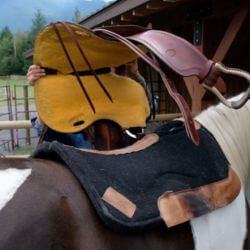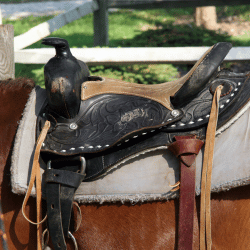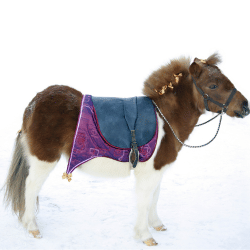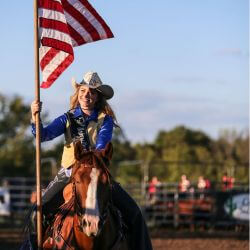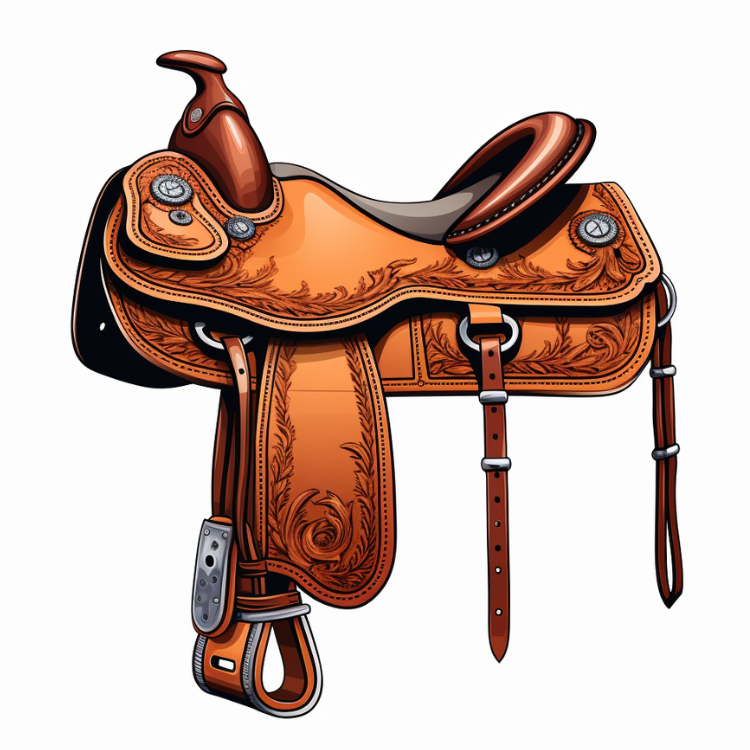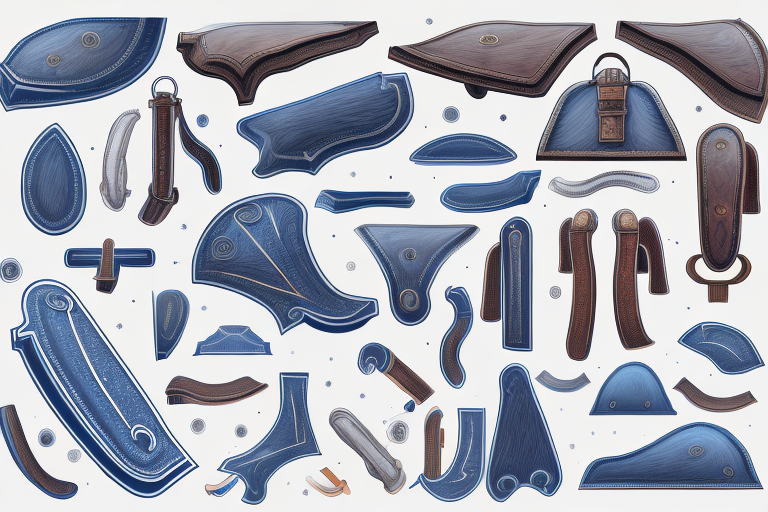How to Choose the Right Barrel Saddle for Your Horse
If you're new to the world of barrel racing, you may feel a little overwhelmed with everything that goes into getting started. From training your horse to choosing the right equipment, there's a lot to consider. One of the most important pieces of equipment you'll need is a barrel saddle. A good barrel saddle can be the difference between a win and a loss on the racecourse. In this article, we'll take a look at how to choose the right barrel saddle for your horse.
Understanding Barrel Saddles
Before we dive into the specifics of how to choose a barrel saddle, it's important to understand exactly what a barrel saddle is.
What is a Barrel Saddle?
A barrel saddle is a type of western saddle designed specifically for barrel racing. Barrel racing is a rodeo event in which a horse and rider race around a pattern of barrels in the fastest time possible. Barrel saddles are designed to help riders stay balanced and secure while making tight turns around the barrels.
Barrel saddles are not only designed for performance but also for comfort. The deep seat of a barrel saddle helps the rider stay secure and centered while riding at high speeds. The wide swells provide extra support to the rider's legs, keeping them in the correct position. The high cantle of a barrel saddle provides additional back support to the rider, preventing them from sliding back during quick turns.
Key Features of Barrel Saddles
Barrel saddles are characterized by their deep seats, wide swells, and high cantles. They typically have shorter skirts than other western saddles, which allows for greater freedom of movement for the horse. Barrel saddles also often feature forward-hung stirrups, which help keep the rider's feet under them while making quick turns around the barrels.
The material used to make a barrel saddle is also important. Most barrel saddles are made of high-quality leather, which is durable and comfortable for both the rider and the horse. The leather is often tooled with intricate designs, making each saddle unique and visually appealing.
When choosing a barrel saddle, it's important to consider the size and shape of your horse. A saddle that doesn't fit properly can cause discomfort and even injury to your horse. It's also important to consider your own body type and riding style when selecting a saddle. A saddle that fits you well and allows you to ride comfortably and securely will help you perform at your best.
Assessing Your Horse's Needs
When it comes to choosing a barrel saddle, your horse's needs should be your top priority. Here are some factors to consider when assessing what type of barrel saddle would suit your horse best.
Horse Size and Shape
The first thing to consider when choosing a barrel saddle is your horse's size and shape. A saddle that's too small or too large can cause discomfort for your horse, which can lead to problems down the line. Make sure to measure your horse's back and take note of any specific conformational quirks that may require a specialized saddle.
It's important to remember that horses come in all shapes and sizes, and what works for one horse may not work for another. For example, a horse with a shorter back may require a saddle with a shorter tree length, while a horse with a wider back may need a saddle with a wider gullet.
Horse's Riding Discipline
Another factor to consider is your horse's riding discipline. If you're using your horse for multiple disciplines, you may need to choose a versatile saddle that can handle different riding styles. If your horse is solely used for barrel racing, you can focus on finding a saddle that's specifically designed for this purpose.
Barrel racing saddles are typically lightweight and have a forward-cut design that allows the rider to sit deep in the saddle and maintain balance during tight turns. They also often have high cantles and deep seats to provide extra security for the rider.
Horse's Comfort and Health
Finally, it's important to consider your horse's comfort and health when selecting a saddle. Look for a saddle that distributes the rider's weight evenly across the horse's back, and choose materials that won't cause rubbing or chafing.
When trying out saddles, pay attention to how your horse moves and responds to the saddle. A well-fitting saddle should allow your horse to move freely and comfortably, without any signs of discomfort or pain.
It's also important to keep your horse's back healthy and strong. Regular exercise and proper nutrition can help prevent back problems, and regular check-ups with a veterinarian or equine chiropractor can help catch any issues before they become serious.
Remember, a happy and healthy horse is the key to success in any riding discipline, and choosing the right saddle is an important part of keeping your horse comfortable and performing at their best.
Evaluating Rider Requirements
Choosing the right barrel saddle is essential for any rider who wants to perform at their best. However, it's important to evaluate your own needs as a rider before making a decision. Here are some factors to consider:
Rider's Experience Level
One of the most important factors to consider when choosing a barrel saddle is your experience level. If you're a beginner, you may want to opt for a more forgiving saddle design that's easier to stay balanced in. A saddle with a deeper seat and a higher cantle can help you feel more secure in the saddle and prevent you from tipping forward or backward. On the other hand, more advanced riders may benefit from a saddle with a flatter seat and narrower twist, which allow for greater freedom of movement and a closer contact with the horse.
Rider's Body Type
Your body type can also play a role in selecting the right saddle. Look for a saddle that accommodates your height and weight, and consider any specific body shape needs you may have. For example, if you have a longer leg, a saddle with a longer flap may be more comfortable for you. If you have a shorter leg, a saddle with a shorter flap may be a better fit. Additionally, if you have a larger or smaller frame, you may need to look for a saddle with a wider or narrower twist to ensure a comfortable fit.
Rider's Riding Style
Your riding style can also affect the type of saddle you need. If you prefer to ride with a shorter stirrup length, look for a saddle with a more forward-cut design. This will allow you to keep your leg in the correct position and maintain balance over the horse's center of gravity. If you prefer a longer stirrup length, a more traditional saddle design may be better suited to your needs. Additionally, if you compete in barrel racing, you may want to look for a saddle with a higher cantle and deeper seat to help you stay in the saddle during tight turns.
By evaluating these factors, you can find the perfect barrel saddle to suit your needs and help you achieve your riding goals.
Selecting the Right Saddle Material
Choosing the right saddle material is crucial for any rider, whether you're a seasoned pro or just starting out. A good saddle can make all the difference in your riding experience, providing comfort and support for both you and your horse. When it comes to barrel saddles, there are two main options to consider: leather and synthetic materials.
Leather Barrel Saddles
Leather saddles have been a popular choice for centuries, and for good reason. They're known for their durability and longevity, often lasting for years with proper care. Leather saddles also have a classic look that many riders appreciate, and they can add a touch of elegance to any riding outfit.
One potential downside to leather saddles is that they can take a little longer to break in than synthetic saddles. However, many riders prefer the feel of leather once it's been broken in, as it can mold to your body and provide a custom fit. Leather saddles also tend to be more expensive than synthetic saddles, so they may not be the best choice if you're on a tight budget.
Synthetic Barrel Saddles
Synthetic saddles are a newer option that have gained popularity in recent years. They're typically lighter in weight than leather saddles, which can be an advantage if you're looking for a saddle that's easy to handle and maneuver. Synthetic saddles also offer more options for color and design, so you can choose a saddle that reflects your personal style.
One potential downside to synthetic saddles is that they may not be as durable as leather saddles over the long term. However, they can still last for many years with proper care, and they're often less expensive than leather saddles, making them a great choice for riders on a budget.
Pros and Cons of Each Material
When deciding between leather and synthetic materials for your barrel saddle, it's important to consider the pros and cons of each option. Leather saddles are known for their durability and classic look, but they can be more expensive and take longer to break in. Synthetic saddles are typically lighter in weight and less expensive, but they may not be as durable over time.
Ultimately, the choice between leather and synthetic materials will come down to personal preference and budget. Consider your riding needs and goals, as well as your own style and preferences, when making your decision. With the right saddle material, you can enjoy a comfortable and enjoyable riding experience for years to come.
Conclusion
Choosing the right barrel saddle for your horse can take some time and effort. By assessing your horse's needs, evaluating your own requirements as a rider, and selecting the right material, you can ensure that you and your horse are ready to go for your next barrel racing competition.

